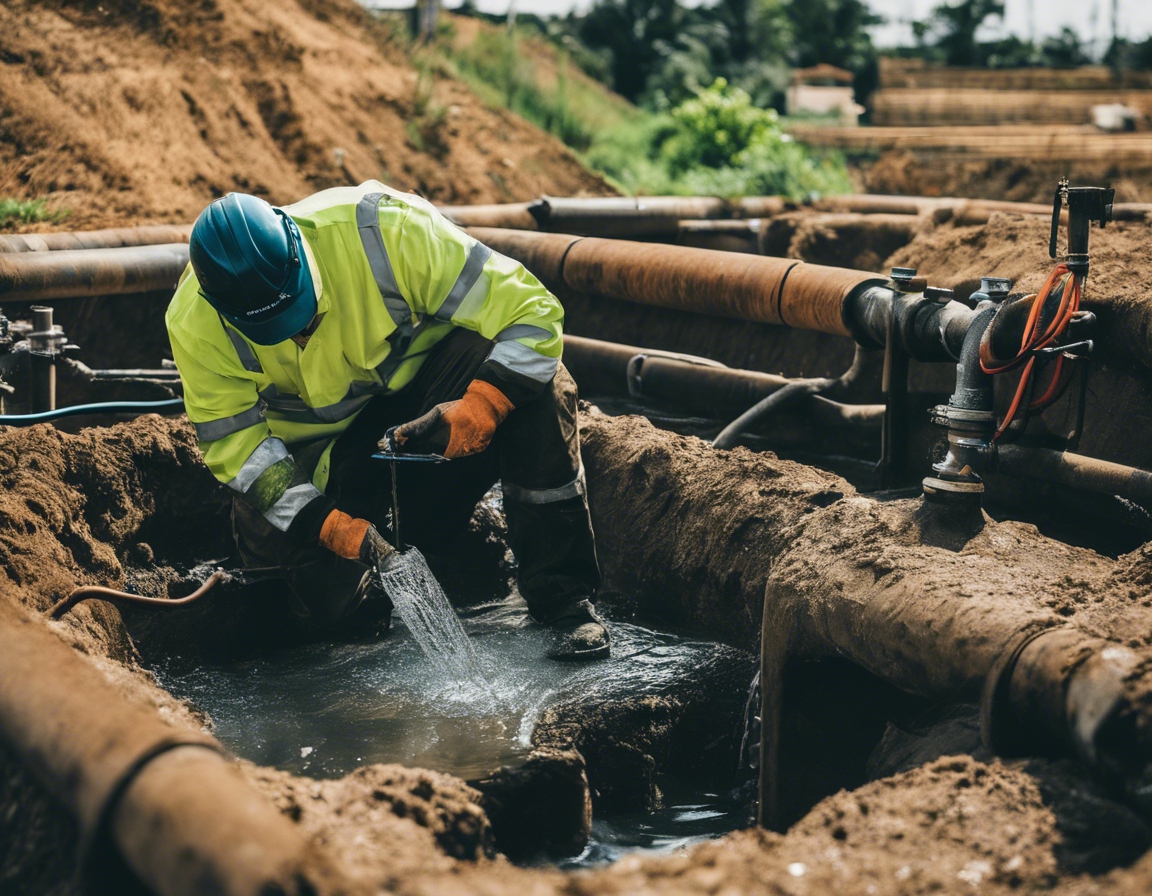5 ways modern construction can save the planet
As the world grapples with the challenges of climate change and environmental degradation, the construction industry is undergoing a transformative shift. Traditional building practices, which have long been resource-intensive and environmentally disruptive, are being reevaluated in favor of more sustainable and planet-friendly approaches.
Conventional construction methods have historically prioritized cost and convenience over environmental considerations, leading to significant carbon emissions, deforestation, and waste generation. The environmental footprint of buildings is substantial, accounting for a significant portion of global energy use and greenhouse gas emissions.
Modern construction is increasingly adopting sustainable practices that aim to minimize environmental impact while enhancing efficiency and occupant well-being. These practices are not only beneficial for the planet but also offer long-term economic advantages for homeowners and communities.
1. Energy-Efficient Design and Technologies
Passive solar design is a cornerstone of energy-efficient construction, utilizing the building's orientation, insulation, and materials to naturally regulate temperature. This approach reduces the need for artificial heating and cooling, thereby saving energy and reducing carbon emissions.
Smart home technologies, such as automated lighting, heating, and cooling systems, contribute to energy conservation by optimizing usage based on real-time data and occupant behavior. These technologies enhance comfort while promoting sustainability.
2. Sustainable Building Materials
Modern construction is turning to recycled and renewable materials, such as reclaimed wood, recycled steel, and bamboo, to reduce the environmental impact of building. These materials are not only eco-friendly but also add unique aesthetic value to homes.
Efficient design and prefabrication techniques are helping to cut down on construction waste, a major contributor to landfills. By optimizing material usage and recycling excess resources, modern construction is becoming more sustainable.
3. Water Conservation and Management
Water conservation is critical in sustainable construction, with efficient fixtures and irrigation systems significantly reducing water usage. Low-flow toilets, showerheads, and faucets, along with smart irrigation systems, ensure that water is used judiciously.
Rainwater harvesting and greywater systems are innovative solutions that reuse water for non-potable purposes, such as irrigation and flushing toilets. These systems not only conserve water but also reduce the strain on municipal water supplies.
4. Green Spaces and Urban Planning
Incorporating green spaces into urban planning is essential for creating sustainable communities. Parks, gardens, and tree-lined streets improve air quality, enhance biodiversity, and provide residents with valuable recreational areas.
Green roofs and living walls offer multiple environmental benefits, including insulation, air purification, and habitat creation. These features also contribute to the aesthetic and psychological well-being of inhabitants, fostering a closer connection to nature.
5. Embracing Renewable Energy Sources
The integration of renewable energy sources, such as solar panels and wind turbines, into construction projects is a powerful way to reduce reliance on fossil fuels. These technologies provide clean, sustainable energy for homes and buildings.
Geothermal systems utilize the earth's stable temperature to provide efficient heating and cooling for buildings. This renewable technology significantly reduces energy consumption and greenhouse gas emissions.






Comments (0)